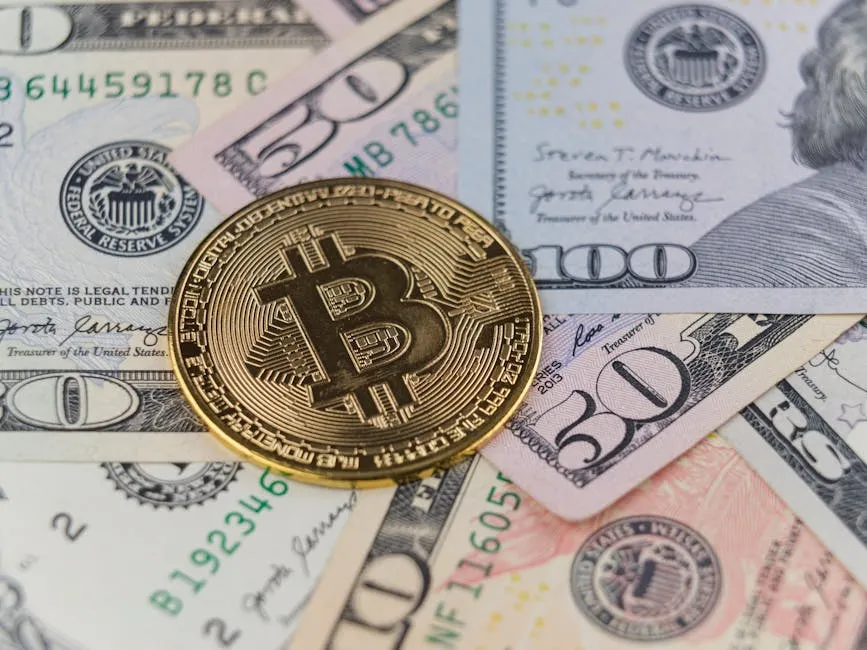
Coinbase Debunks the Myth: Stablecoins and Their Impact on US Bank Deposits
In the ever-evolving landscape of cryptocurrency, misconceptions can often gain traction, leading to widespread misunderstandings. Recently, Coinbase, one of the leading cryptocurrency exchanges, has stepped forward to address a significant myth surrounding stablecoins: the belief that they are draining deposits from U.S. banks. In a bold assertion, Coinbase argues that this narrative is not only misleading but fundamentally incorrect.
The Myth Explained
The idea that stablecoins are siphoning off bank deposits has circulated among analysts and financial commentators. Critics argue that as more investors and users adopt stablecoins—cryptocurrencies designed to maintain a stable value—this could lead to a significant decrease in the deposits held by traditional banks. However, Coinbase has challenged this notion, presenting a counterargument that emphasizes the broader context of stablecoin usage.
Coinbase’s Position
According to Coinbase, the majority of stablecoin activity is occurring outside the United States. This means that while stablecoins may be gaining popularity, their impact on domestic bank deposits is minimal. In fact, the exchange posits that stablecoins can bolster the strength of the U.S. dollar on a global scale. By facilitating international transactions and providing a bridge between digital currencies and fiat money, stablecoins may enhance the dollar’s position in the global economy.
Understanding Stablecoins
Stablecoins are cryptocurrencies that are pegged to traditional assets, typically fiat currencies like the U.S. dollar, to minimize volatility. This characteristic makes them appealing for various uses, such as facilitating remittances, trading, and maintaining liquidity in the crypto market. As their adoption grows, so does the conversation about their role in the banking system, particularly in relation to traditional bank deposits.
The Global Landscape
Coinbase’s argument highlights an essential factor: the globalization of finance. With the rise of digital currencies, transactions can occur instantaneously across borders, often without the need for traditional banking channels. This shift presents both challenges and opportunities for banks, as they must adapt to a financial ecosystem that increasingly includes cryptocurrencies and stablecoins.
The Bigger Picture
While the conversation around stablecoins and bank deposits is complex, it is crucial for stakeholders—ranging from regulators to financial institutions—to consider the wider implications. As Coinbase points out, the narrative that stablecoins are eroding bank deposits may overlook the potential benefits they offer, including increased efficiency in transactions and enhanced global competitiveness for the U.S. dollar.
Conclusion
As the cryptocurrency landscape continues to evolve, it is essential to approach claims critically and consider the broader context. Coinbase’s efforts to debunk the myth surrounding stablecoins and their impact on U.S. bank deposits serve as a reminder of the need for informed discourse in the financial sector. By understanding the nuances of stablecoins and their role in the global economy, we can better navigate the future of finance.



